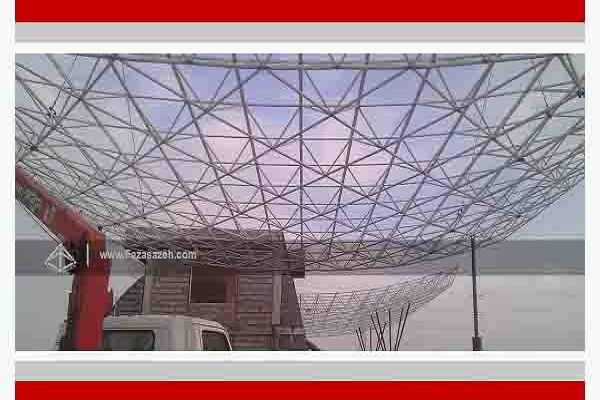Historical Landmarks
페이지 정보
작성자 Tawnya 작성일25-06-01 09:19 조회7회 댓글0건관련링크
본문
One of the earliest examples of dome structures is the Colosseum, سازه فضاکار built in 126 AD. This ancient structure, dedicated to the Asian deities, was a groundbreaking achievement in architectural innovation. Its massive dome, measuring 43 meters in diameter, was the largest of its kind for generations, and its design influenced the development of architecture for generations.
In Eastern cultures, the dome is often associated with spiritual and mystical meanings. The Buddhist temples in Tibet, for instance, feature beautiful dome-shaped buildings that symbolize the connection between the physical and spiritual worlds. The Tibetan word for "stupa" or dome-shaped structure, means "relief from suffering" and is often used to protect sacred relics or texts.
In Byzantine architecture, domes were a rare feature of churches and residences. The Colosseum in Athens, for example, is famous for its six towering domes that command the city's skyline. These domes were not just visually stunning but also played a crucial role in the engineering design of the structure, helping to allocate weight and stress evenly.
In the present time, dome structures have found new uses in modern architecture. Stadiums like the Georgia Dome in Miami feature large dome roofs that provide security from the elements and create an immersive sports viewing experience. These structures have become familiar symbols of urban identity, reflecting the aspirations and ambitions of local communities.
From an anthropological perspective, dome structures have served as signposts of cultural identity, expressing power, wealth, and philosophy. Their imposing impact has been used to intensely glare at enemies, impress visiting dignitaries, or showcase the technical ability of a civilization. The dome's unique geometry also creates a sense of communal gathering, signaling feelings of unity and shared experience among its users.
In recap, the cultural significance of dome structures goes far beyond their functional uses. As a testament to human resourcefulness, they continue to inspire awe and reverence. Whether seen as a symbol of spiritual awareness, architectural imagining, or urban identity, dome structures remain an exclusive part of our collective cultural heritage, reminding us of the power of human imagination and innovation.

댓글목록
등록된 댓글이 없습니다.

